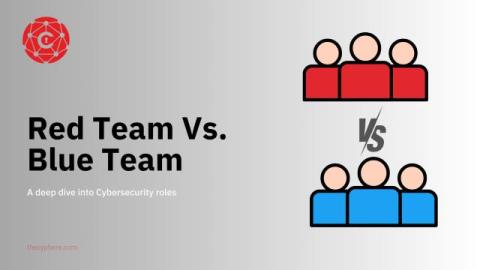How Threat Intelligence is Transforming Pentesting & Red Teaming
Are You Testing for Compliance or Preparing for Real Attacks? Cybersecurity isn’t just about checking boxes—it’s about staying ahead of threats. Many businesses rely on Penetration Testing (Pentesting) and Red Teaming to identify vulnerabilities. However, these traditional methods often assume that attackers play by the same rules as defenders. Reality has other plans.











